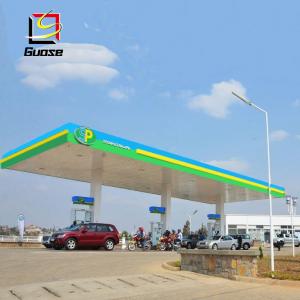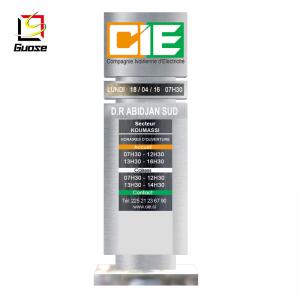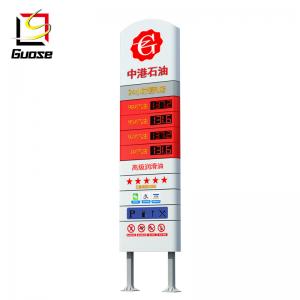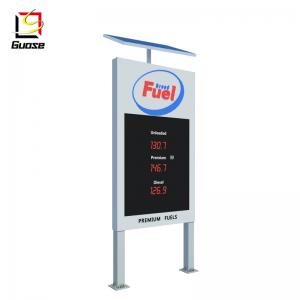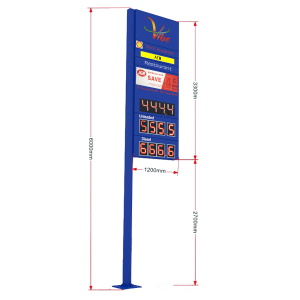The gasoline label indicates the ratio of the content of isooctane to n-heptane in gasoline, that is, the octane number, which reflects the anti-knock resistance of the oil when it is burned. No. 95 gasoline contains 95% isooctane and 5% n-heptane. The higher the proportion of isooctane, the better the anti-knock ability of gasoline.
In short, the higher the label, the stronger the anti-knock resistance of the oil.
Knock resistance: refers to the ability of gasoline to resist knock when burned in the engine.
After the fuel-air mixture is injected into the cylinder, the piston moves upwards, the fuel-air mixture is compressed, and the pressure rises and the temperature rises sharply. If the anti-knock resistance of gasoline does not meet the requirements at this time, it will start to burn before the spark plug is ignited, thus forming an explosion. shock.
It can be seen that the label only represents the octane number of gasoline, that is, the anti-knock property of gasoline, and has nothing to do with the cleanliness of gasoline. High-grade gasoline will not be cleaner form led gas price signs suppliers









